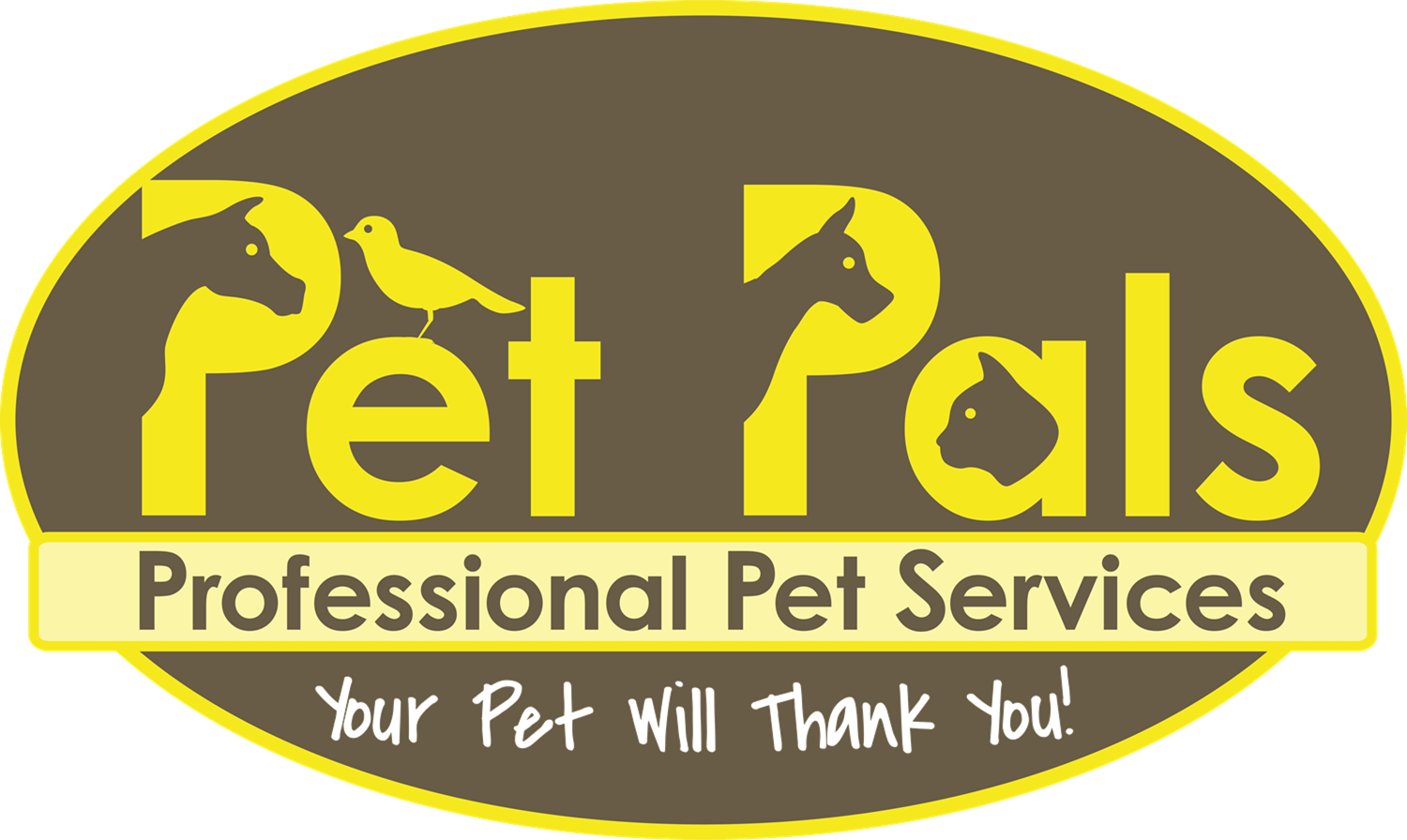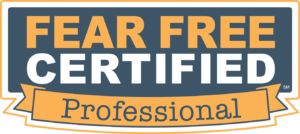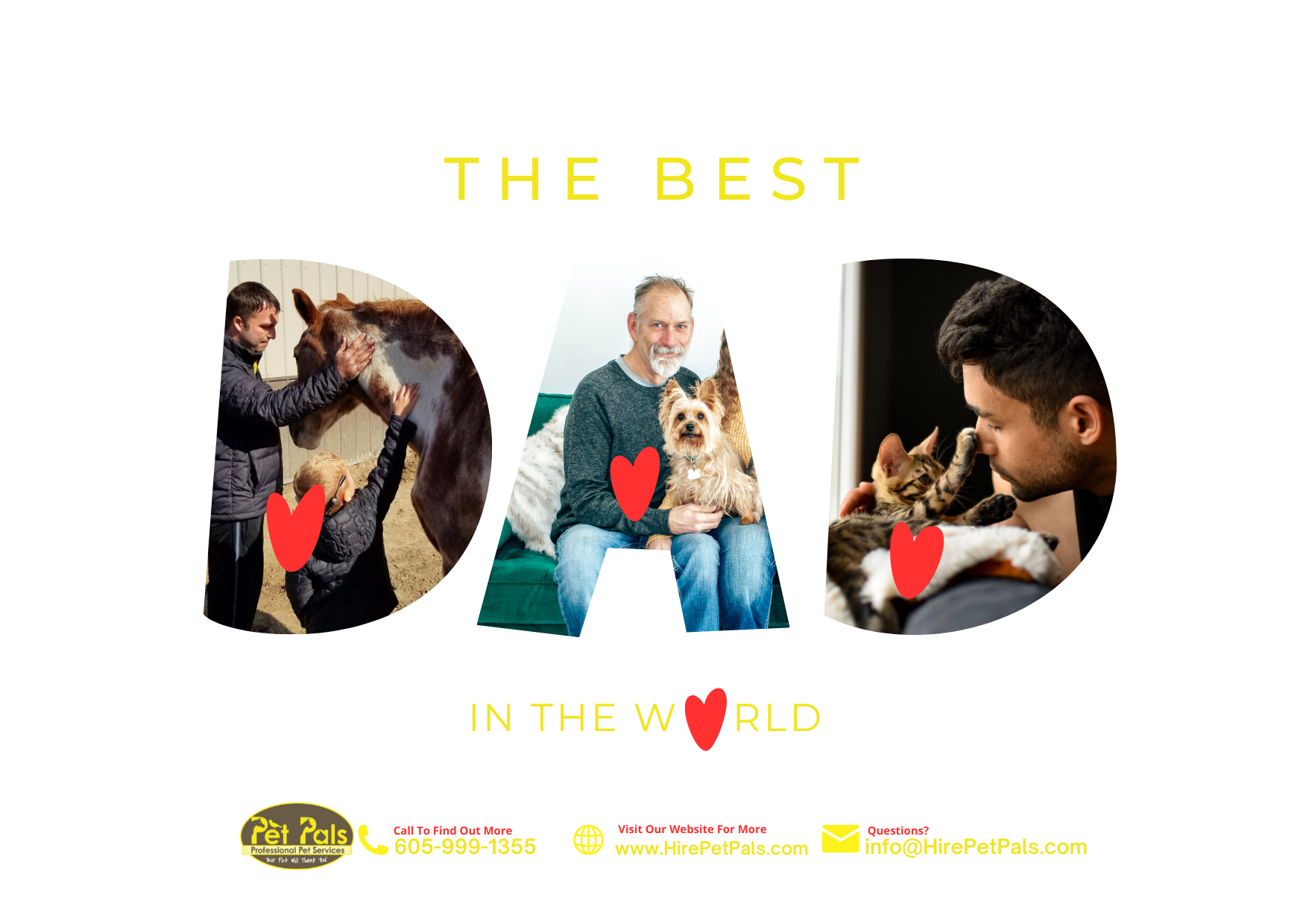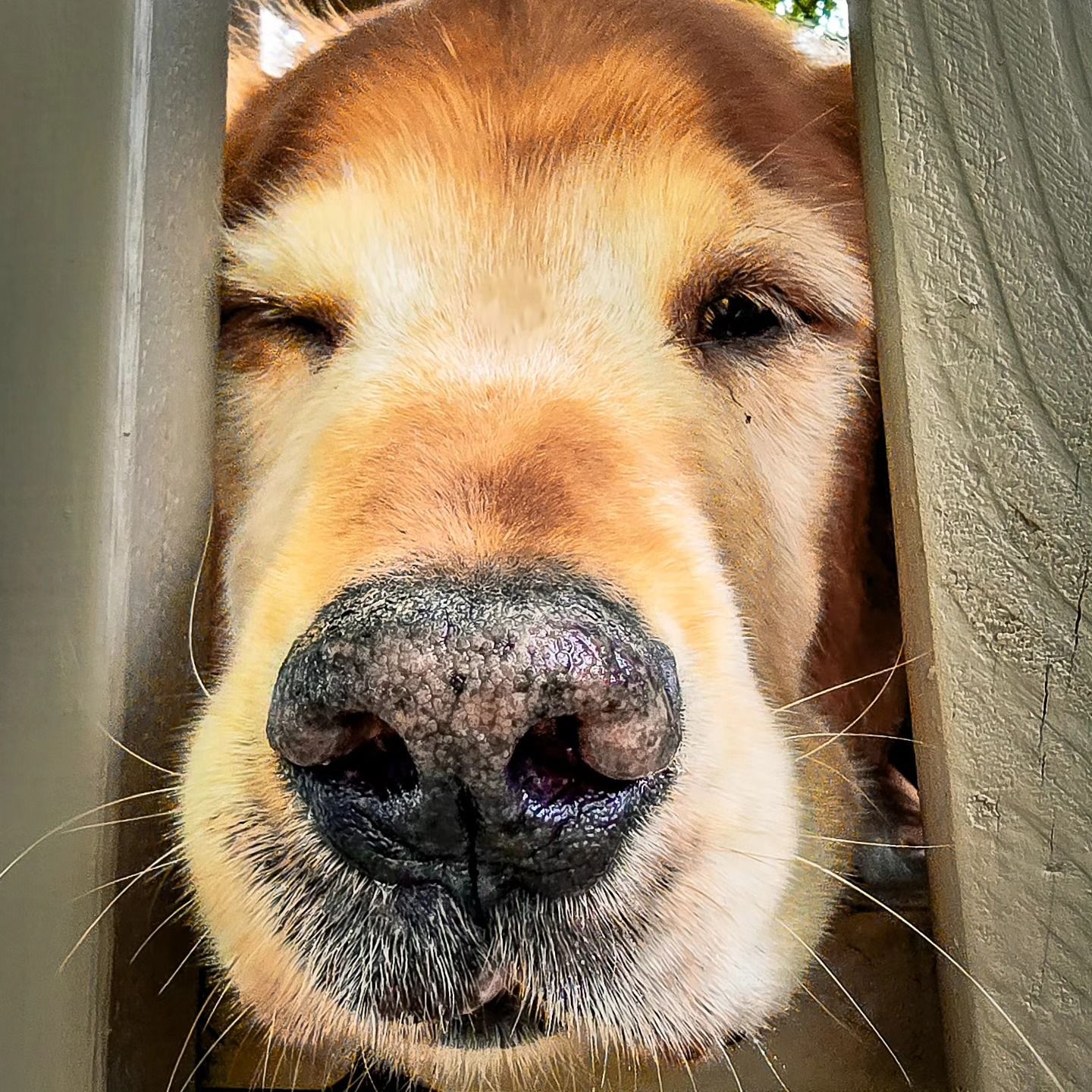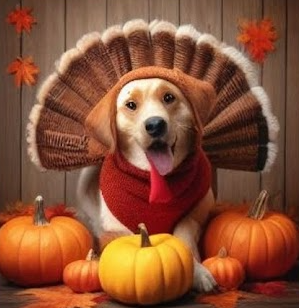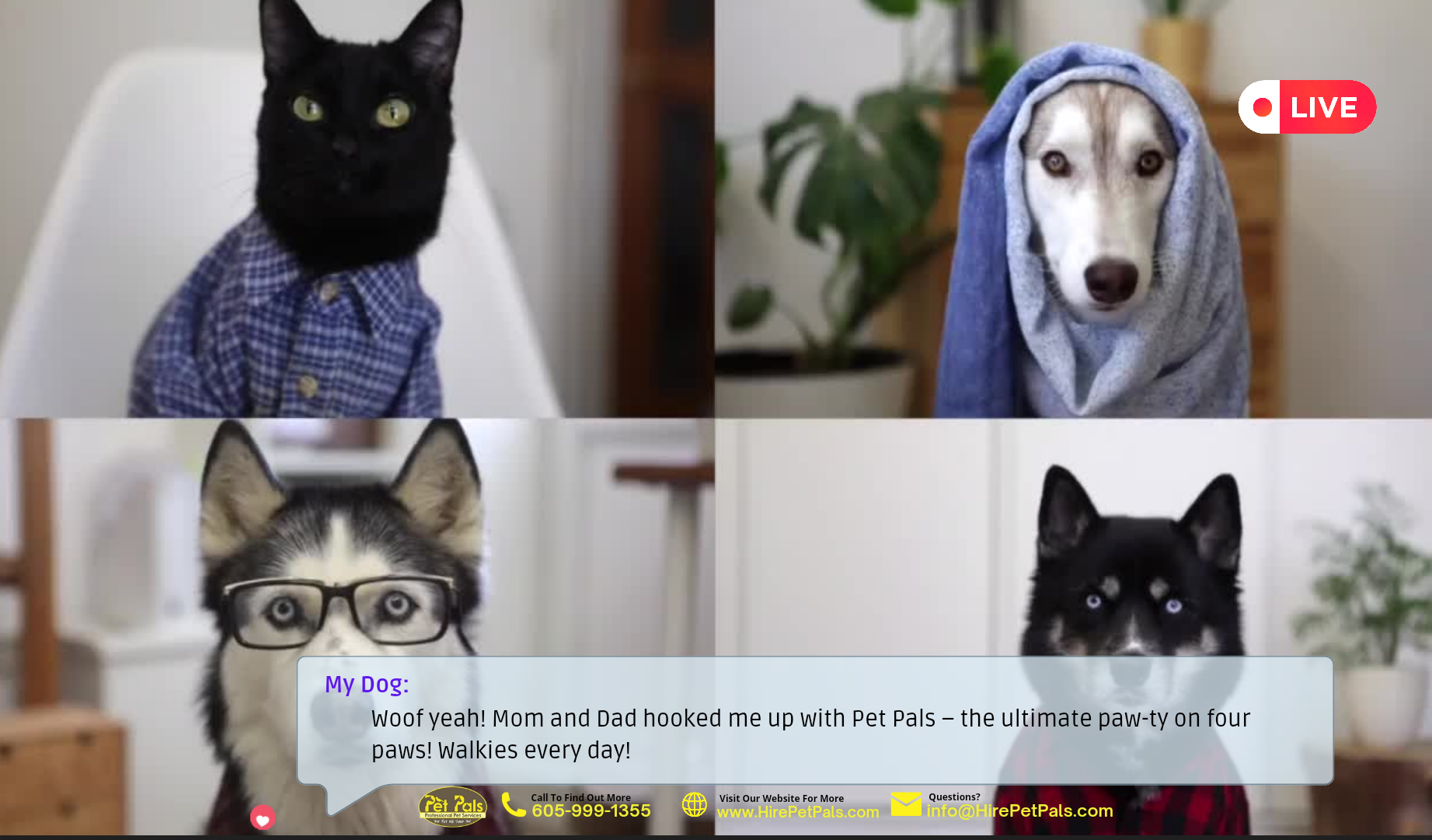The Ultimate Puppy Socialization Guide
Pet Pals LLC • January 27, 2020
Learning the big wide world!
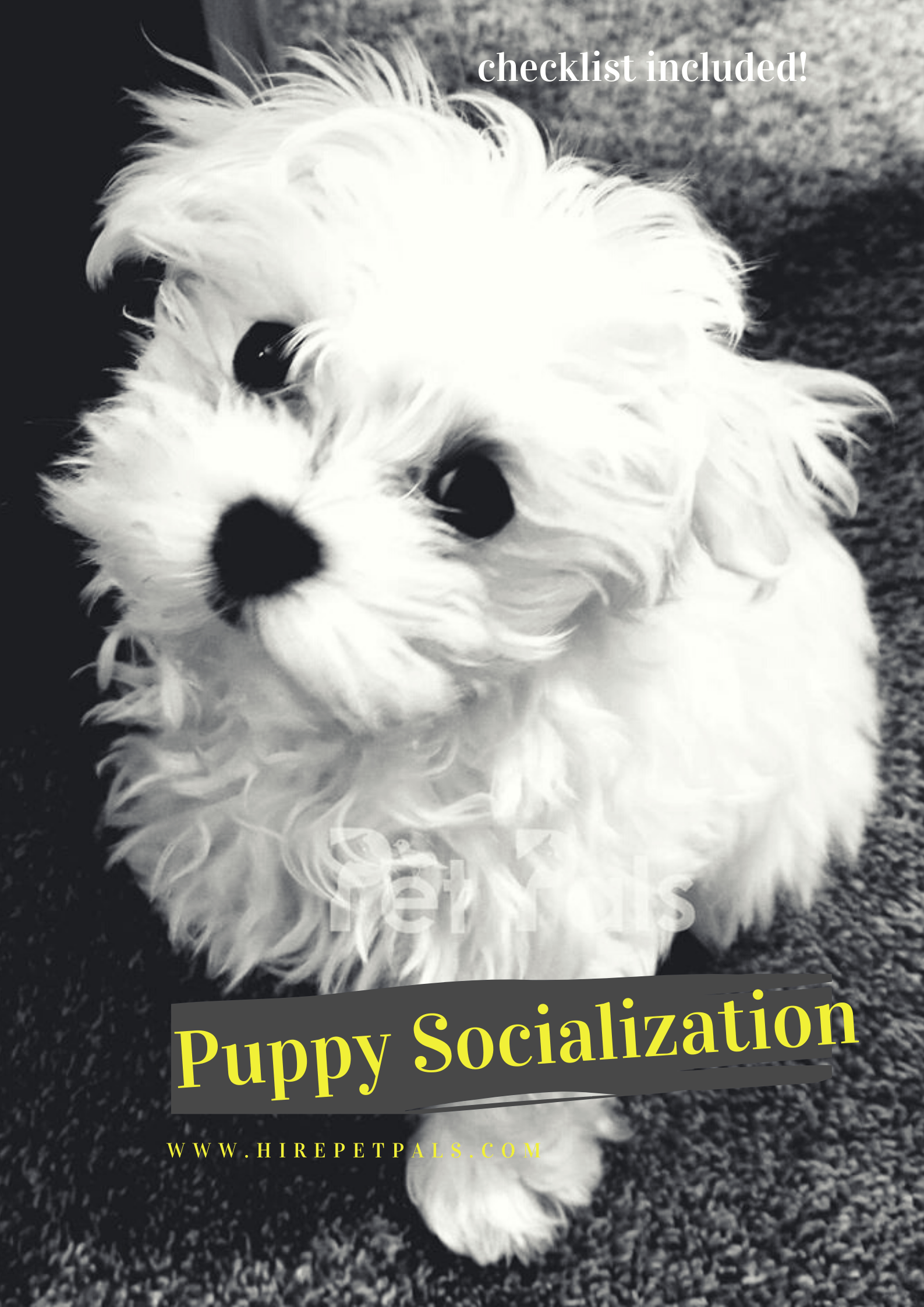
What is socialization?
Trainers have all sorts of definitions, but in the simplest of terms, it's a learning process where your puppy is exposed—in a safe, positive, and non-threatening way—to all of the things he's likely to encounter as an adult dog—other animals, the clapping of hands, elevators, stairs, vacuums, kids on bicycles, women in floppy hats, and so forth. Doing so helps your puppy to develop the coping skills necessary to grow into a mentally sound and confident adult dog.
The socialization process must be positive and productive. This point can't be stressed enough. Taking your puppy to the park and allowing him to be bombarded by other animals, strange sights, weird noises, and hoards of screaming, rambunctious kids grabbing at him, stepping on him, or squealing at him is not a positive experience. Likewise, taking him to a puppy class and allowing him to be mauled, bullied, or sent yelping by bigger, bossier, and more dominant puppies is not a positive experience either. Granted some puppies may not be affected, but the majority of them will suffer in the long run. These types of experiences can permanently traumatize a puppy.
That said, you should take your puppy for plenty of kisses and cookies everywhere that is safe and where dogs are permitted, such as:
• outdoor cafes and shopping centers
• banks
• coffee shops
• horse barns
• veterinarian's offices
Weather permitting, take puppy for rides in the car and walks in the park. Expose puppy to different sounds including the television, radio, and vacuum, other dogs barking, hair dryer, door bell
, garbage truck ect (how to introduce these sounds is posted later in this blog post). Let puppy walk and play on different surfaces, such as gravel, grass, sandy beaches, vinyl and tile floors, and so forth. Have a private in home puppy obedience class (shameless plug Pet Pals Dog Mentorship Program) and then invite friends and neighborhood kids over for puppy kisses and supervised play. Another options, attend a small puppy class—not more than three or four puppies—Remember, positive experiences are key.
Keep in mind both genetic and environmental influences impact the development of canine behavior.
When to Socialize Your Puppy:
During your puppy’s first three months of life, puppy will experience a socialization period that will permanently shape puppy's future personality and how will react to the environment as an adult dog. Gently exposing him to a wide variety of people, places, and situations now makes a huge, permanent difference in his temperament.
How to Socialize Your Puppy
• Introduce the puppy to new sights, sounds, and smells: To a puppy, the whole world is new, strange, and unusual, so think of everything he encounters as an opportunity to make a new, positive association. Try to come up with as many different types of people, places, noises, and textures as you can and expose your puppy to them. That means, for instance, have him walk on carpet, hardwood, tile, and linoleum floors; have him meet a person in a wheelchair or using a cane, children, a person with a beard, wearing sunglasses, using an umbrella, or wearing a hood. Think of it as a scavenger hunt.
• Make it positive: Most importantly, when introducing all of these new experiences to your puppy, make sure puppy is getting an appropriate amount of treats and praise, so that puppy associates what puppy is being exposed to and the feeling of seeing something new as a fun experience. Don’t forget to break the treats into small pieces that will be easy for your puppy to digest. Also, don’t be stressed yourself — puppy's can read our emotions, so if you’re nervous when introducing your puppy to an older dog, for example, your puppy will be nervous, too, and may become fearful of other dogs in the future.
• Involve the family: By having different people take part in the socialization process, you’re continuously moving the puppy out of his comfort zone, letting him know that he might experience something new no matter who he’s with. Make it a fun game for the kids by having them write down a list of everything new the puppy experienced that day while with them, such as “someone in a baseball cap” or “a police siren.”
• Take baby steps: Try to avoid doing too much too fast. For instance, if you want your puppy to get accustomed to being handled by multiple people puppy doesn’t know, start with a few family members and slowly integrate one stranger, then two, and so on. Starting this process by taking your puppy to a huge party or a very busy public place can be overwhelming and result in a fearful response to groups of strangers in the future.
• Take it public: Once your puppy is used to the small amount of stimuli, move outside of his comfort zone to expand the amount of new experiences he’ll have.
How to Socialize your puppy sourced from AKC.
Introducing Sounds: Start playing new sounds at a very low volume and make sure your dog has positive experiences while the sound plays in the background — interactive toys and puzzles, short positive reinforcement training sessions, playing with a favorite tug toy, a snuggle session or tummy rub, or a stuffed Kong are all great options! As they become habituated to the sound at a low volume, slowly raise the volume over time.
Grade Your Puppy's Reaction:
When going through this list, select one of the three "grades" for how your puppy reacted to the experience:
• "Loved it!" indicates that your puppy enjoyed the interaction, showed happy, and/or calm and relaxed body language, and would happily continue the interaction if allowed. For exposure to different sounds, "Loved it!" means that your dog doesn't startle or otherwise react to the noise with barking or stress signals, meaning they have become habituated to it.
• "Meh!" indicates that your puppy either didn't seem to care much about the interaction, or wasn't totally sure about it. You might notice some stress signals (such as yawning, lip licking, or submissive body posture) but they're still cautiously interested in approaching or interacting. You can work on moving from Meh! to Loved it! by adding some distance from the item/person and pairing with things your dog loves for a while, before slowly moving closer (or increasing the volume of sounds) as your puppy gets more comfortable.
• "Hated it!" indicates that your puppy did not enjoy the experience at all. They exhibited fear and stress signals, flight or fight responses (trying to run away, hiding, growling, barking, snarling, or biting). Do not expose your puppy to that item or experience again without proper management and support from your Pet Pals Dog Mentor. You will need to use what is called "counter conditioning" for that particular list item and we suggest connecting with a certified positive reinforcement trainer to help you with the counter conditioning process, contact Pet Pals for a referral!
Lots of work, time, and dedication but will 100% pay off! After all this you and puppy need to relax after working hard on socialization, take a listen!
What advice would you give to someone starting the puppy socialization process? Comment below!
Email Submissions
Send us your email
address and we'll send you future Pet Pals emails containing promotions, event notices, blog updates, and more.
IMPORTANT:
Pet Pals is responsible and respectful with your email. We will not sell or give your email to other people and will not spam you.
